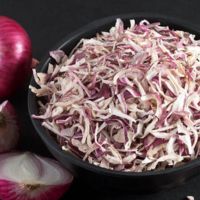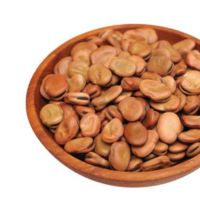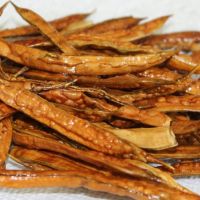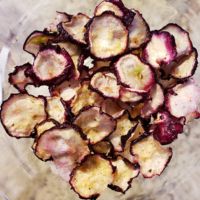Dehydrated vegetables are vegetables that have undergone a drying process to remove their moisture content while retaining their nutritional value and flavour.
The dehydration process involves removing water from the vegetables, which helps extend their shelf life and makes them more convenient for storage and transportation.
- Production Process:
Dehydrated vegetables are typically produced by various methods such as air drying, freeze-drying, or solar drying.
• Air drying: Vegetables are sliced or chopped and then exposed to warm air or low heat to gradually remove moisture.
• Freeze-drying: Vegetables are frozen and then subjected to a vacuum that removes the frozen water through sublimation, resulting in dehydrated vegetables with minimal nutrient loss.
• Solar drying: Vegetables are laid out in the Solar Dryers to dry naturally, taking advantage of sunlight and warm temperatures.

- Benefits of Dehydrated Vegetables:
• Nutritional Value: Dehydrated vegetables retain many of their original nutrients, including vitamins, minerals, and fiber.
• Extended Shelf Life: Dehydration significantly increases the shelf life of vegetables, allowing for longer storage without compromising quality.
• Convenience: Dehydrated vegetables are lightweight, compact, and easy to rehydrate, making them convenient for use in various recipes and food preparations.
• Versatility: Dehydrated vegetables can be used in soups, stews, casseroles, sauces, snacks, and other culinary applications.








